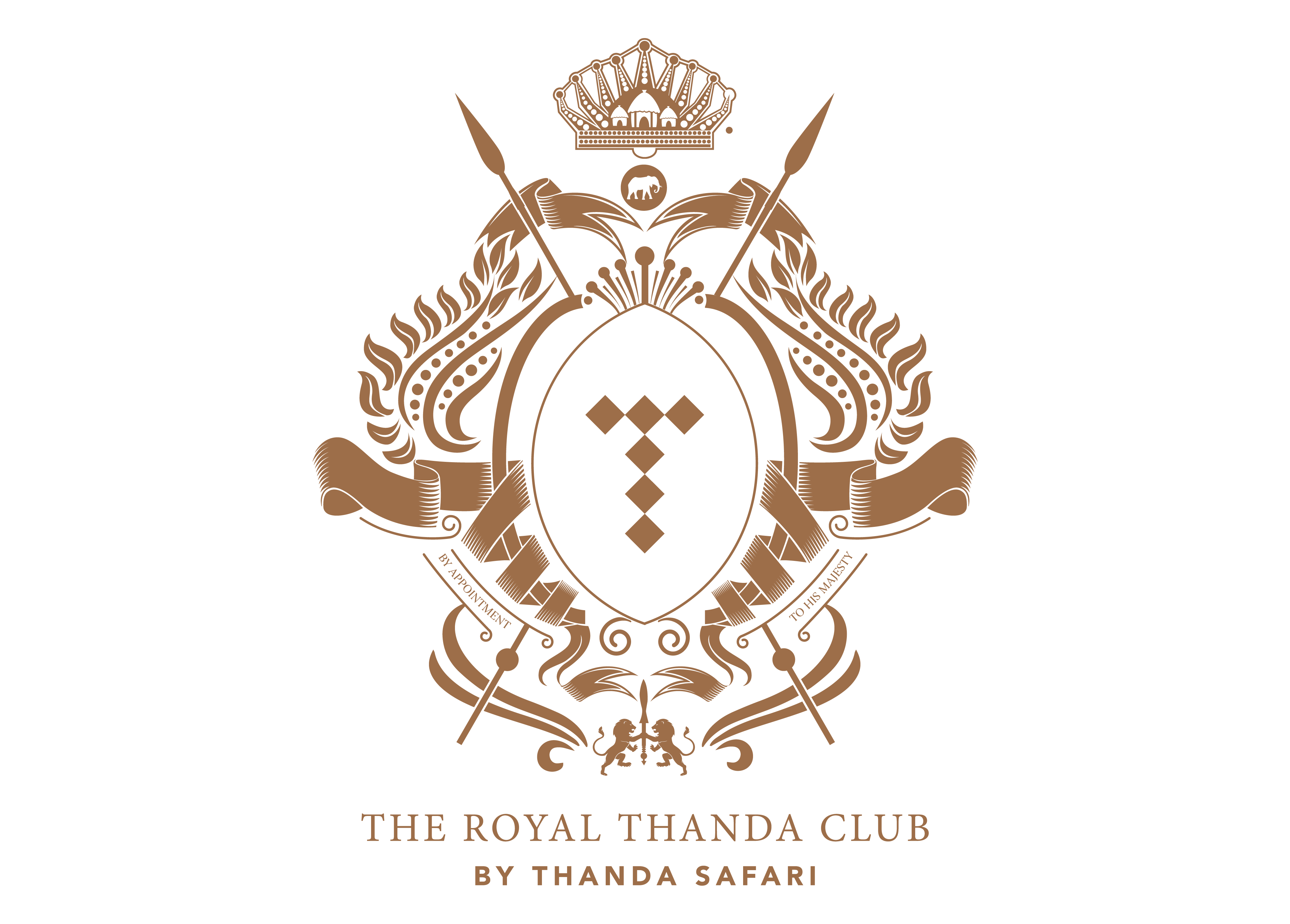Port Elizabeth has recently been renamed Gqeberha. Gqeberha was the isiXhosa name for Walmer Township, one of the first and oldest Port Elizabeth townships. Gqeberha is also the isiXhosa name for the Baakens River which flows through the city. Far be it for me to comment on the merits of this change, but it does make one think of the origin of names. Port Elizabeth is also known as the Friendly City or the Windy City because the people are considered to be friendly and the city is subject to strong winds. Clearly, there is often a link between the name of something and its appearance or characteristics, although.
Birders will no doubt be fully aware of the vast number of changes in bird names in order to try and ensure the consistency of bird names across the planet. Gone are the days of the black-eyed bulbul or the plum-coloured starling. Instead, you must buy new bird books or stare blankly at your game ranger when he calmly announces there is a dark-capped bulbul or a Violet-backed starling – much to your chagrin when it dawns on you this is not actually a “lifer” for you.
The Afrikaans name for impala is “rooibok”, which directly translates to “red buck” on account of its colour. These dainty bucks are often also cruelly referred to as “Meals on Wheels” or “McDonald’s” on account of their black markings on their bums in the shape of an M and also because there is one on every corner, but are really such a pretty buck that it is disappointing that we often just take them for granted while out on safari.
One animal not to be taken for granted if you are lucky enough to see one is the aardvark. The aardvark enjoys the distinction of being the first animal in the dictionary, with its name being derived from the Dutch word aardvarken, and further broken down into aard, which means “earth”, and varken which means “pig”. Aardvarks have long, pig-like snouts and pinkish skin and feed predominantly on termites and ants using a very long, sticky tongue to lap up termites and ants, as well as gravel and soil, which is then ingested with the prey and aids digestion. The aardvark is not often seen as it is predominantly nocturnal, although you will often come across aardvark holes (burrows) on safari.
The term “rhinoceros” has perhaps one of the more commonly known origins, being derived from the Greek words rhino, meaning “nose” and keros, meaning “horn”. This of course makes perfect sense – but why black versus white? Both are grey in colour. Apparently, this was to differentiate between the two, although ideally it probably would have been better had they stuck to hook-lipped (black rhino) and square-lipped (white rhino).
To make matters even more confusing, “leopard” is a combination of the Greek words leon (lion) and pardos (panther), which reflects the ancient belief that the leopard was a hybrid between a lion and a panther. Similarly, “cheetah” is derived from chita, which is the Hindi word for “leopard” and in turn probably comes from a Sanskrit word literally meaning “spotted.”
All of this becomes very confusing especially when someone asks you the innocent question on safari – “What did you see?” Although, to quote Shakespeare, “a rose by any other name would smell as sweet.”
Love from Thanda Safari





